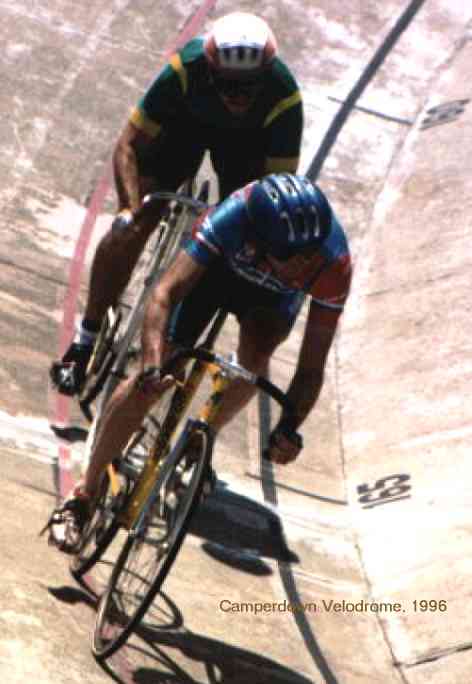The media loves to digest press releases and spit them back at us, with varying levels of additional balancing research added to counter the spin that the originator intended. Yesterday was the NYT, today it's Forbes mag:
"So all things being equal, if you're concerned about safety, you want a bigger, heavier car." Well, that's the insurance organisation's spin on it, anyway.
And of course it's correct - the bigger the crush zone, the less force we experience in a prang. But it's not the
only way to be "concerned about safety". For example we could simply drive
smarter, take fewer risks and obey the road rules more religiously. Sure, accidents happen, but force being mass times acceleration means we could lop off some of that mass, which ironically could mean a smaller car, or ease off on acceleration. But the car industry
thrives on acceleration - and emotion. The rational rarely gets a look in when it comes to cars, because "faster" and "more powerful" is portrayed as
better. When we couple that with passive safety equipment and a host of gadgets to distract us we get fatter, heavier, bigger and more wasteful cars. And then one person will drive that 5-seater car to work. It's not rational.
Historically, we made some sort of decision in the 1970s to ditch some proportion of
fuel economy in favour of
cleaner air, and that indeed made some sense, at least if you don't consider
driving less a valid option. We also dumped
weight reduction for
passive safety devices like airbags, which also made sense, at least if we don't consider
helmets and harnesses acceptable alternatives. But life isn't black and white and our choices - or those made for us - have shaped the cars and the
carbon pollution we face today. The net result of safety and clean air regulations has been heavier cars with
poorer fuel consumption, with bigger, more powerful engines to make up for the extra flab. And
more carbon released at
every step, from manufacture to the actual driving. Were these the right choices, in the right proportions? Well who knows?
Just to illustrate what we have concocted with these legislated changes, I have a
1982 Alfa Romeo GTV coupe in the garage that weighs 1100kg and is propelled by a twin cam, carburetted 2litre four cylinder motor. That engine (in local Aussie spec) provides 175Nm of torque and 90kW of power (or 12.2 kg per W). For some odd reason we thought such specs not only sufficient but also quite
sporty back in 1982. It was also quite expensive, relatively, which helped keep that sort of power out of inexperienced hands. Whereas today with cheap gas and cheaper cars we can get
Subaru Impreza Turbo 4WD machines of 195kW/343Nm for much less money. And they weigh a mammoth 1425kg. Despite the weight gain (which has seen the WRX grow from a more reasonable 1200kg when released in the early '90s) we have here a car with a power to weight ratio of just 7.5kg per W. So it's
waaaaay faster than a 1980's 4 cylinder Alfa, or a 6 cylinder one for that matter! We
could call that progress.
The Alfa was about $15,000 (Aussie dollars) new, which is roughly equivalent to $43k today. The much more potent (but arguably safer and cleaner, if you want to justify these things) WRX is just $39,990 RRP. It
could be considered safer, in the
passive sense that the forces of any collision will be dispersed away from the humans on board; and it has improved
active mechanical and electronic aids to assist in avoiding an accident in the first place. In theory, at least. Balanced against that is the extra weight, meaning more force to disperse, and extra power, meaning both increased acceleration (and thus force) and a greater potential for accessing the additional force. Now that sounds like a lot of fun, but is it safer?
The WRX example is played out in the
sedan car market, too. Heavier, faster, more powerful - and bigger - cars - for less money, all wrapped in a purported "safety" blanket. To me it seems a contradiction of terms to have 'heavier, faster and more powerful' yet 'safer' cars, but you can make a case for anything if you want to sell cars, can't you?
And of course it's all about freedom of choice, isn't it?
Labels: Alfa, carbon, cars, GTV, safety, WRX








